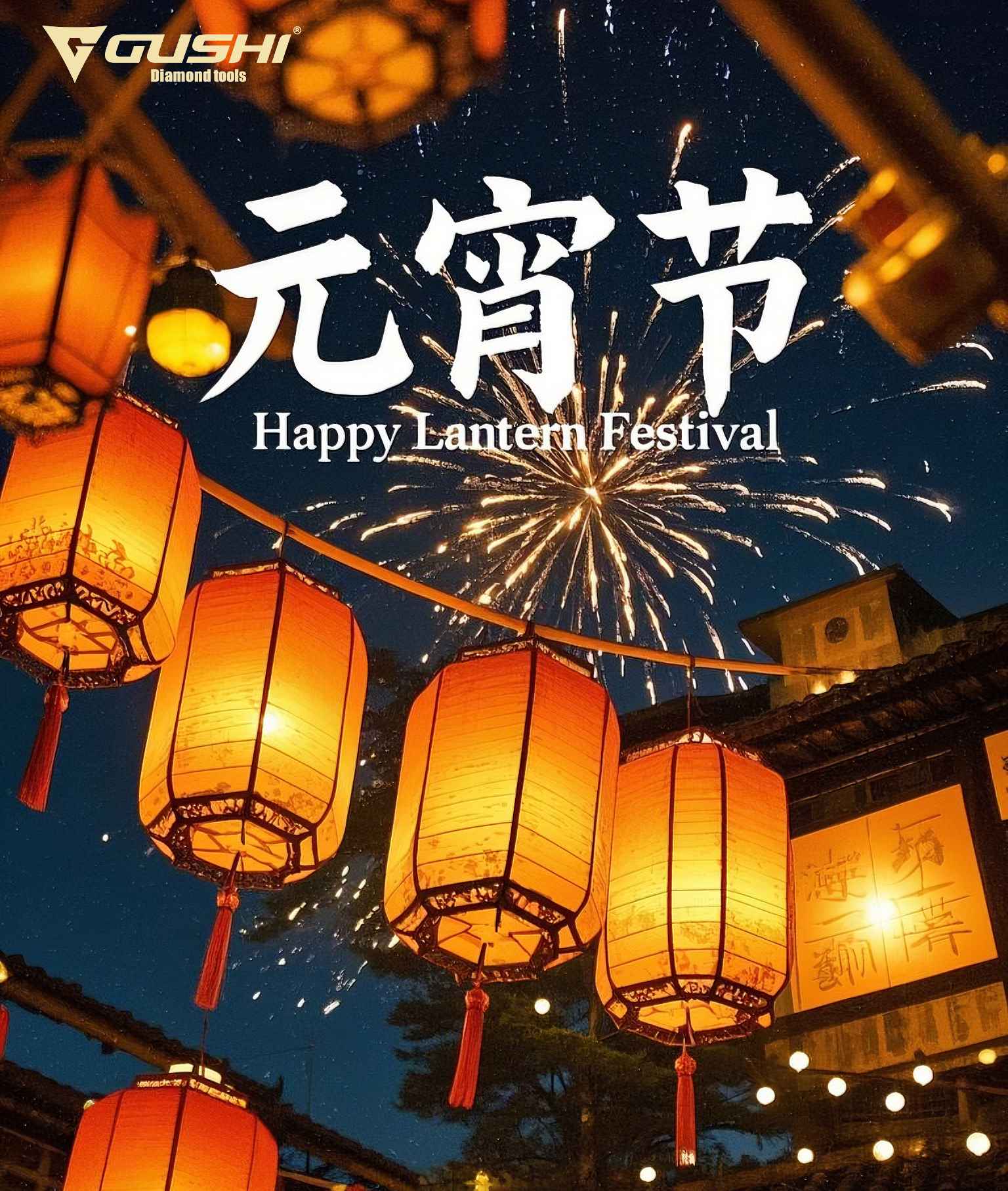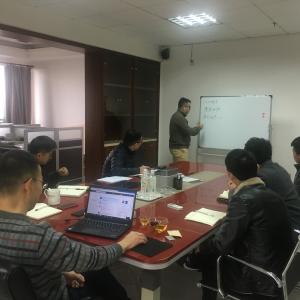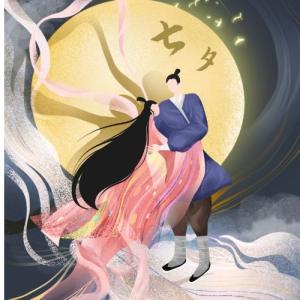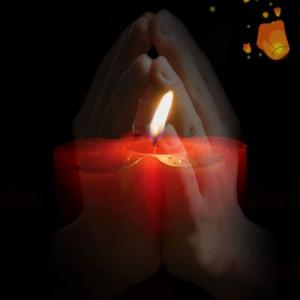GUSHI Tools wishes everyone Happy Lantern Festival!
As the first full moon of the lunar year rises, China welcomes the Lantern Festival (Yuánxiāo Jié 元宵节), a luminous tradition marking the finale of the Spring Festival celebrations. Celebrated on the 15th day of the first lunar month, this 2,000-year-old festival intertwines cultural heritage, spiritual symbolism, and communal joy. For global audiences exploring China’s rich traditions, the Lantern Festival offers a captivating window into the nation’s historical depth and enduring values.
Origins: From Imperial Rituals to Folk Legacy
The festival’s roots trace back to the Han Dynasty (206 BCE – 220 CE), when Emperor Wu designated this day to honor Taiyi, the celestial god believed to control human destinies. Buddhist influences during the Eastern Han era later merged with local customs, as monks lit lanterns to pay homage to Buddha—a practice embraced by Emperor Ming, who ordered palace and temple lantern displays.
By the Tang Dynasty (618–907 CE), the festival evolved into a public spectacle. Emperor Taizong promoted grand lantern fairs, while poets like Lu Zhaolin immortalized the "radiant nights where moonlight and firelight merged." The Song Dynasty (960–1279 CE) introduced *caidengmi* (riddle-solving on lanterns), blending intellectual play with visual artistry—a tradition still thriving today.
Symbols and Traditions: Light as Cultural Code
Lanterns of Hope: From simple bamboo-and-paper designs to intricate silk palace lanterns, these glowing creations symbolize dispelling darkness and welcoming prosperity. The modern release of sky lanterns carries written wishes heavenward.
Tangyuan: Sweet Unity: These glutinous rice balls, stuffed with sesame or red bean paste, represent family wholeness—their round shape echoing the full moon and the Chinese ideal of reunion.
Lion Dances and Fireworks: Ancient exorcism rituals transformed into vibrant performances, with percussion-driven lion troupes warding off misfortune and welcoming vigor.
Philosophical Resonance: Harmony in Light
Confucian ideals of communal harmony shine through neighborhood lantern parades, while Daoist yin-yang balance manifests in the interplay of moonlight and artificial illumination. Even China’s space program echoes this celestial connection, naming lunar probes "Chang'e" after the moon goddess celebrated in festival legends.
Modern Reimaginations: Timeless Values in Contemporary Light
Today’s festivals fuse tradition with innovation—LED installations create digital dragon lanterns, while eco-friendly bamboo designs address sustainability. During the 2022 Beijing Winter Olympics, lantern motifs bridged cultural diplomacy, illustrating how this ancient custom continues to evolve.
Conclusion: Carrying Traditions Forward
As our company celebrates this festival of light, we honor the Lantern Festival’s enduring lessons: that shared joy brightens communities, that artistry fuels innovation, and that respecting traditions need not dim modernity’s glow. May the lanterns’ warm radiance inspire us all to seek unity in diversity and hope in shared heritage.
From our family to yours, we wish you a Lantern Festival filled with sweet reunions and luminous possibilities.









